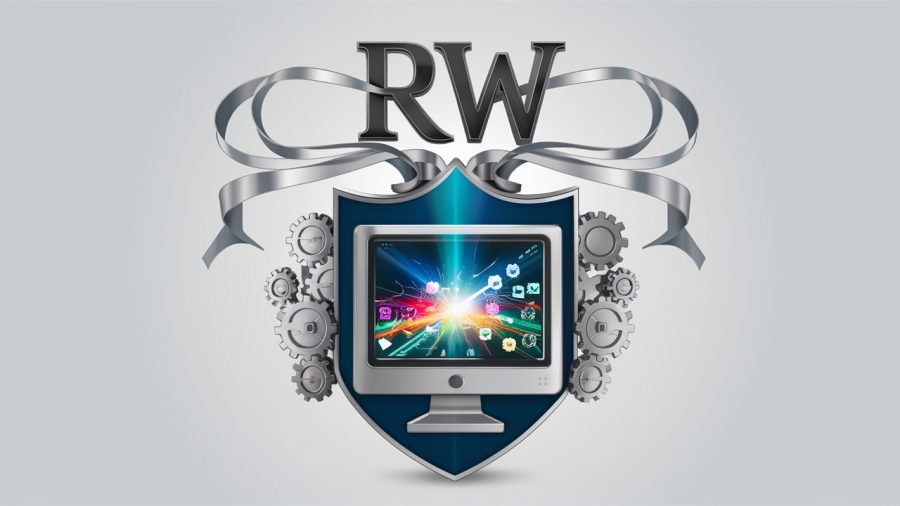The lines have been drawn and the debate is hotter than before. Remote! That is the future of work. We get to work on our time, be more productive, and spend quality time with our loved ones. Sure it’s hard to get a hold of co-workers, we miss out on those serendipitous lunch interactions, and team morale is low.
Wait, I changed my mind. Offices, yes offices — offices are the future of work!
Maybe the real answer is a mixture of both.
The last four months have been a whirlwind of digital transformation, remote work playbook building and chaos. The COVID-19 pandemic has driven “two years‘ worth of digital transformation in two months” according to Microsoft CEO Satya Nadella.
With the recent news of pushing social opening until Summer 2021, and most office work closed down through the end of 2020 — what will it all look like when we get “back to normal?” You be the judge – all remote, all office, hybrid of both?
The Future of Work is All Remote
Vindication, that is the easiest word to describe people who have been beating the drum about remote work over the last decade or more.
Lack of Commute.
No Chatty Co-workers.
No Pants?
Remote work is time efficient.
If you have ever lived in a big metropolitan area you know the pains of getting on a train, bus, boat, or car and traveling far distances to get to your office. Many people I worked with in the Bay Area would commute 2 hours every day. They would listen to books, podcasts, music to pass the time that could have been spent with their families, roommates, pets, even Netflix.
A recent report we put out of CloudApp usage March — April 2020 showed that people were using that morning commute time that was once unproductive, to work 2-3x more than normal. Office workers discovered new found freedom in their ability to get rid of wasteful time on the road in favor of starting work early.
Working remote can also allow space to have that 30 min haircut appointment over your lunch break, run to the dentist , pick up your kids from school, take your dog for a walk, and all kinds of other things that aren’t possible when you are in an office environment.
Remote work is cheaper.
This applies to businesses and to employees. With remote work you are able to work and live where you want. Gone are the expensive rents of a big city or the need to provide a large HQ to lure talent.
Remote work as the future provides a chance for a company to hire wherever it wants. That broadens the talent pool and removes the competitive factor of a few geographical areas.
Chris Herd, Founder and CEO of Firstbase had this to say on my podcast The DNA of An Experience. “With an office, you can hire the best person that you can afford within a 30 mile radius. The benefit of a remote setting is that you’re not in that position where you’re hiring in a 30 mile radius.”
Imagine the cash infusion for a little startup that doesn’t need to spend $10-20k a month on rent for its 50 person office.
The money saved with remote work for both sides of the coin are large enough to consider it a piece of the future of work.
Remote work is all digital.
In 2019, we at CloudApp did a survey of 1000 office workers and found that 50% of office workers list chatty co-workers or social media as their biggest time wasters. In a digital world, there are no co-workers stopping at your desk or office noise distracting you.
Meetings are also less frequent to help people avoid “Zoom fatigue”. In a digital remote world, you have more control over who you interact with and when.
Tools like Zoom for real time video, CloudApp for asynchronous video communication, Asana for task management, and Slack for informal collaboration can be a great foundation for your digital tool kit
The Future of Work is All Office Based
The familiar future we have all grown up with. Wake up, commute to the office, connect with co-workers, commute home, repeat. There is something to be said about a routine that our brains are already conditioned to accept.
Office based work is comfortable
The tech world is based on companies having a really great HQ. As I talked about in a previous post, Apple, Google, Facebook, Adobe, and others count on their offices being a shining star to lure talent. These offices provide a semblance of home with food, gyms, and even dry cleaners to help make your life outside of the bubble HQ a little easier.
The modern office is meant to be comfortable and provide chances for people to congregate and have unplanned interactions. Shantanu Narayen, CEO of Adobe always called these “serendipitous interactions” where someone from product is meeting with someone from marketing on the basketball court or cafe unplanned.
The truth is we feel the office is comfortable because it hasn’t been new to us like remote work has this year.
Office based work is collaborative.
I’ve heard a common thread in my conversations with other leaders during this time. “I miss the brainstorming, the energy” There is something different when humans get together. Its hard to manufacturer that vibe over video conferencing
Many people would say that a lot of time is wasted in the office with conversations about Game of Thrones, sports highlights from the night before, or family vacations. However, maybe those conversations are what we all need to feel connected and to build trust in people that help us provide for ourselves and families.
The Future of Work is a Hybrid
The future of work is going to be a hybrid. 2020 will be a catalyst for both office workers and businesses to realize that partial remote work isn’t evil. It can be nice to have an unstructured day at home once or twice a week. Over the past few weeks I have been testing out this model (albeit in an empty office). Here is what I have learned
It is nice to separate work from home.
I’ve always worked from home. Last minute edits on a board deck late at night, early morning email responses. However, the last 4 months have been non stop work at home with a desk in my bedroom. I’m sure many other people are in similar situations. Maybe a small apartment, a space with roommates, or like me a house full of kids.
Since March I have definitely found my mind is more frequently cluttered with work thoughts that I used to be able to shake away when I was at home. My computer randomly turns on in the middle of the night and illuminates me awake, or I’ll forget to silence notifications and will hear that Slack noise pop through when I am playing with my kids.
Whatever it is, having my office 100 percent home based has been a challenge for me mentally.
My wife suggested a few weeks ago to go into our office a couple of times a week. I followed her advice and found it to be super quiet without anyone here, but also energizing and productive.
It was nice to have some separation.
Human connection is good.
We aren’t meant to connect one hundred percent over video. Initially there was an abundance of company led lunches, games, and other things over video. I would expect that has moved more toward the norm of video all being focused around business means.
That human connection drives us to work for something greater, to feel that the sum is greater than its parts.
The future of work will bring a lot of remote workers. People who found that the big city wasn’t working anymore and they needed a change. In this hybrid model, businesses will need to find budget and resources to support getting everyone together once a quarter, even once a month if teams are close enough.
The human connection will drive mental and job satisfaction. It is a key piece of the future of work.
The Future of Work is confusing — but what isn’t?
Its hard to really grasp what the future holds at the moment. We are all in the middle of developing and bracing ourselves for all scenarios. If there is anything good to come out of this year, its that we have all learned different ways to work that we didn’t know were previously possible.
Its obvious, we all use technology more.
We all know the effort it takes to connect digitally.
We all know what we took for granted in an office setting.
The future of work is definitely confusing, but at least after this year the possibilities are more endless than ever before.










